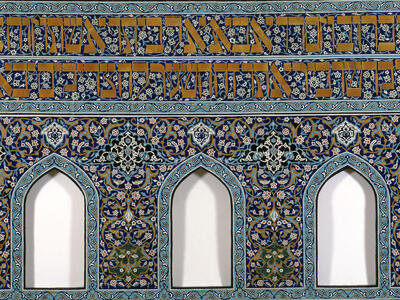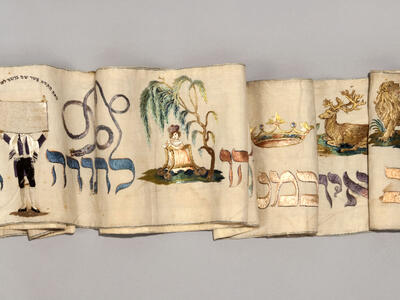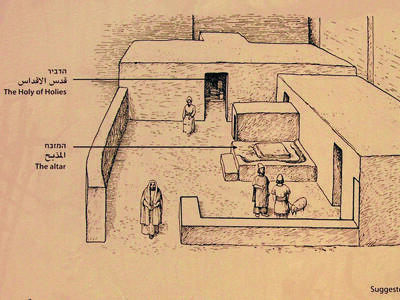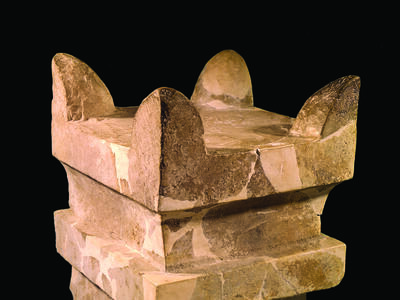Subject
Advertisements Aesthetics Allegory Amulets Angels, demons & deities Animals Anthropology Archaeology Architecture Art Artists Assimilation Bible Blessings & curses Burial Calendar Charity Children Christian-Jewish relations Circumcision Cities Class Colonialism Communism Community Conscription Crafts Death Diaspora Dress Ecology Economic life Education Enlightenment Exile Family Fiction Finance Folklore Food & drink Gravestones & tombs Haggadah Halakhah Hasidism Health Holidays Humor Illuminated manuscripts Inscriptions Islam Israel/Israelis Jerusalem Jewelry Jewish identity Jewish languages Jewish quarters Journalism Kabbalah Language & linguistics Law Letters LGBTQ+ Life cycle Magical objects Marriage Messianism Migration Minimalism Mizrahi Modernism Monarchy Monotheism Mosaics Mourning Music Muslim-Jewish relations Mysticism Painting Performing arts Philosophy Photography Piety Poetry Polemics Politics Portrait Prayer & liturgy Priest/priesthood Print Profession Prophets & prophecy Purity Rabbis Realism Reform Judaism Repentance Responsa Ritual & observance Ritual objects Rural life Sacrifice Satire Scholarship Sculpture Seals Sephardic Sexuality Shtetl Synagogue Technology Temple Textiles Theology Time Torah study Translation Violence War Women Writing Zionism







